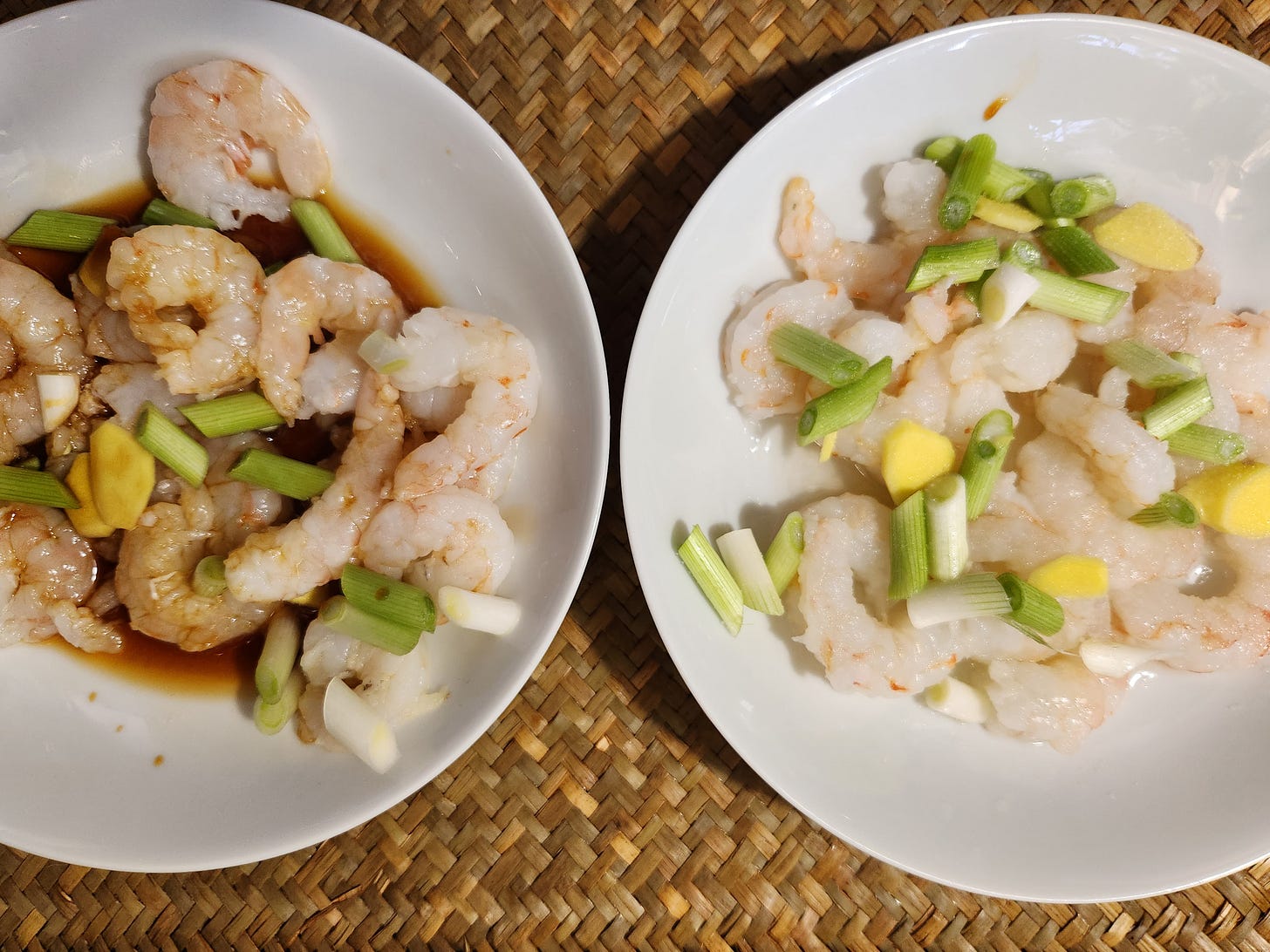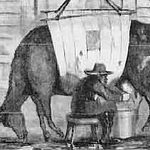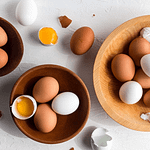In this episode of As We Eat, we continue As We Eat’s journey exploring "How to Cook and Eat in Chinese" by Buwei Yang Chao, an esteemed author who invites us to experience what it means to both cook and eat Chinese food. As we dive into the world of Chinese cooking, we peel back the layers of stereotypes that have often misrepresented this diverse and complex culinary tradition.

Debunking Stereotypes
How to Cook and Eat in Chinese opens our eyes to the distinct cooking styles found within China, challenging the notion that Chinese cuisine is a monolithic entity. With China's vast size and regional diversity, it comes as no surprise that there are various culinary traditions to discover. Attempting to designate one dish or cooking technique as representative of all Chinese cuisine is a gross oversimplification.
Buwei Yang Chao eloquently debunks the stereotype that all Chinese dishes taste alike. There are actually eight great culinary traditions, including Cantonese, Sichuan, and Fujian, that showcase the range of flavors and cooking techniques found within Chinese cuisine. From the sweet and savory notes of Cantonese cuisine to the bold and spicy flavors of Sichuan dishes, Chinese cuisine offers a multitude of taste profiles beyond the simplistic notion of "all Chinese food tastes the same."
Another common stereotype surrounding Chinese cuisine revolves around the use of "weird" ingredients. As we dive deeper into Chao's cookbook, we realize that many of the required ingredients are more accessible than we might have initially thought. Lotus buns may sound exotic, but they can be made with flour, fresh yeast, vegetable oil, and water—ingredients that Kim finds readily available in her pantry. Similarly, what sounded difficult to source, such as celery cabbage, turn out to be familiar produce under a different name - Napa cabbage. If we shift our focus from trying to source the exact ingredients, we find ourselves actually stepping closer to accurate flavors that define Chinese cuisine.
Red Versus White Cooking
One intriguing aspect of Chinese cuisine highlighted in the book is the distinction between red and white cooking. Red cooking, a technique that emerged during the Ming and Qing dynasties, involves slow cooking with soy sauce, rock sugar, rice wine, and aromatic spices which imparts a rich reddish-brown color and intense savory flavors. In contrast, white cooking emphasizes the natural flavors of ingredients through techniques like stirring, steaming, or blanching. Delicate vegetables, seafood, and clear broths take center stage in white cooking, creating dishes that showcase the pure essence of the ingredients.
To truly experience the difference in cooking styles, Kim cooked two variations of the same recipe - Stirred Shelled Shrimps. The Red-Stirred Shelled Shrimps, infused with soy sauce, exude a reddish-brown hue and a pronounced umami flavor that elevates the seafood experience. Meanwhile, the White-Stirred Shelled Shrimps, seasoned with salt, offer a sweeter profile that beautifully complements the freshness of the shrimp, enhanced by the tangy notes of ginger and scallions.
We would love to hear what you took away from this episode?
Episode Transcript
🎧 Click here for the full, interactive transcript of this episode 🎧
Sources We Found Helpful for this Episode
FOOD; Chinese Characters (with recipes) by The New York Times
Red-Cooked Meat and Table Manners: Decoding How to Cook and Eat in Chinese by The Margins
The Forgotten Chinese Chef Who Taught America to Stir-Fry by Mother Jones
Books We Think You’ll Enjoy Reading
How to Cook and Eat in Chinese by Buwei Yang Chao
How to Order and Eat in Chinese to Get the Best Meal in a Chinese Restaurant by Buwei Yang Chao
Autobiography of a Chinese Woman by Buwei Yang Chao
Taste Makers: Seven Immigrant Women Who Revolutionized Food in America by Mayukh Sen
Episodes We Think You’ll Like
EP 48 Dumplings Around the World: Pan Asian Dumplings from Chinese Medicine to Dim Sum
EP 49: Dumplings Around the World: European Dumplings from Saints to Holy Justice in Just One Bite
EP 50 Dumplings Around the World: The Great American Dumplings Showdown
EP 51 From Temple to Table: How Rice Built Communities Around the World
Join us in two weeks when we thumb through one of the most current cookbooks on our list for this season. It celebrates, feasts, food, and freedom and the newest national holiday in the US.
If you’re enjoying the podcast, we would love to have you join our supporting subscribers. For just a few dollars, you can get access to exclusive content, including the Recipe Box Roulette “card game”, more in-depth articles, and recipes. You’ll also help keep our oven lights on!
We would love to connect with you
AsWeEat.com, on Instagram @asweeat, join our new As We Eat community on Facebook, or subscribe to the As We Eat Journal.
Do you have a great idea 💡 for a show topic, a recipe 🥘 that you want to share, or just say “hi”👋🏻? Send us an email at connect@asweeat.com
Review As We Eat on Podchaser or Apple Podcast. We would like to know what you think.
Thank you for listening to the As We Eat Podcast. This post is public so share it with a friend - or three :)






















Share this post